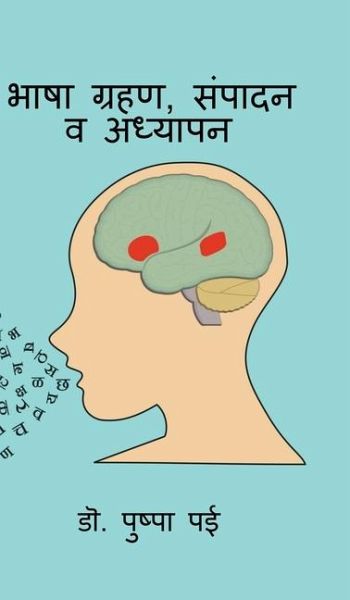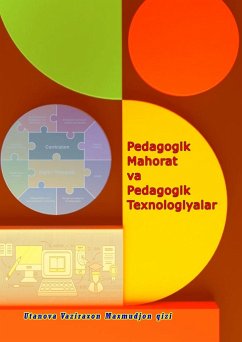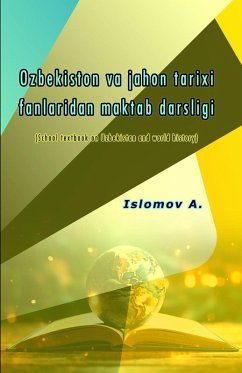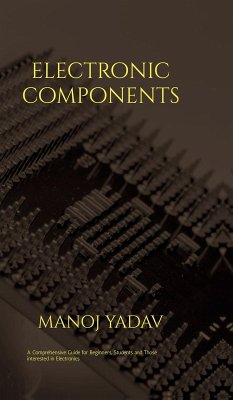
Bhasha Grahan, Sampadan Va Adhyapan
Versandkostenfrei!
Versandfertig in über 4 Wochen
21,99 €
inkl. MwSt.
Weitere Ausgaben:

PAYBACK Punkte
11 °P sammeln!
The evolution of human cognition began when early humans stood upright, leading to significant brain development. Our brains developed the cortex and neocortex, facilitating the emergence of language. The brain, divided into two hemispheres connected by an organ, displays lateralization with language centers predominantly in the left hemisphere. Children possess innate language acquisition device (LAD) that must be activated through exposure to language. Initially, children develop grammar with a limited vocabulary, which later expands rapidly. Between the ages of 4 and 12, their brains grow, ...
The evolution of human cognition began when early humans stood upright, leading to significant brain development. Our brains developed the cortex and neocortex, facilitating the emergence of language. The brain, divided into two hemispheres connected by an organ, displays lateralization with language centers predominantly in the left hemisphere. Children possess innate language acquisition device (LAD) that must be activated through exposure to language. Initially, children develop grammar with a limited vocabulary, which later expands rapidly. Between the ages of 4 and 12, their brains grow, and they also mature socially and emotionally. By the time children start school, they have foundational spoken language skills. However, mastering a second language requires proficiency in listening, speaking, reading, and writing, presenting various challenges that they overcome progressively. India has many languages spoken in different parts of the country. To streamline administration, the government has divided the country into states, each with its own official language for instruction and governance (with many other minority languages). The three-language formula was introduced, and its 1986 revision recognized the importance of code-mixing in language education. This book offers a clear and accessible explanation of all these concepts. It's a must-read for anyone passionate about teaching language to children.












